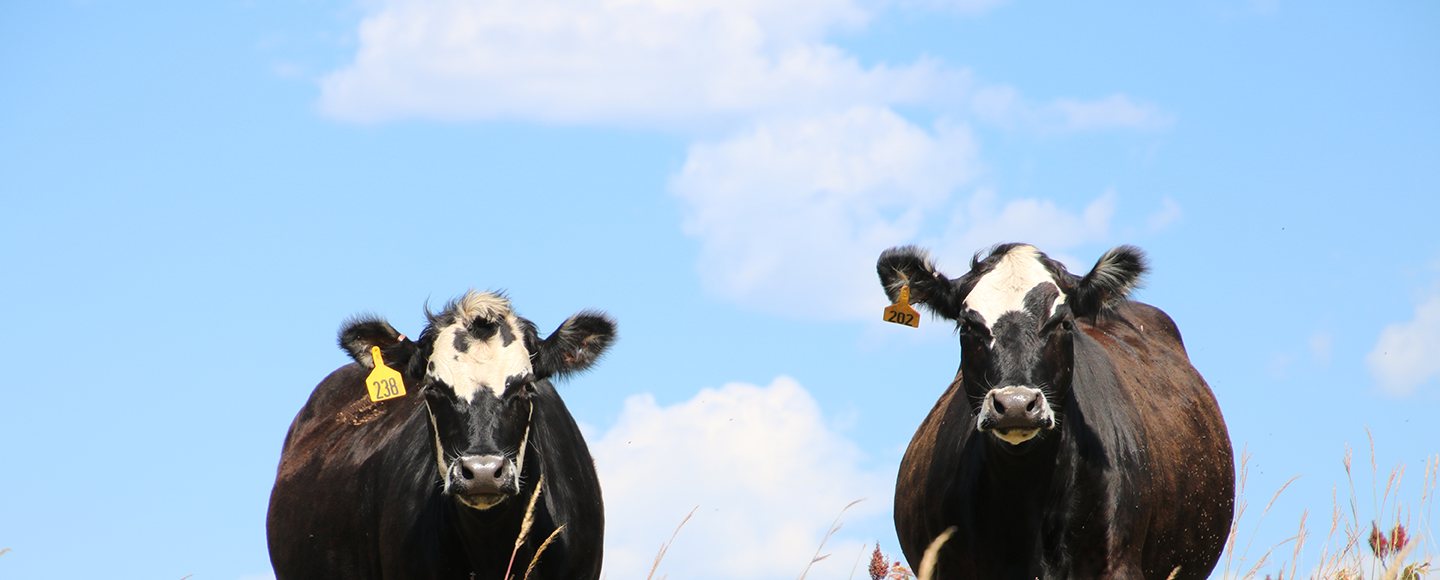
The Kansas Department of Health and Environment (KDHE) reported that multiple air quality standards were exceeded in Wichita, Topeka, Kansas City and Chanute on April 4, 7 and 8. These included one exceedance for ozone and five for fine particulate matter or PM2.5. While these exceedances alone do not constitute a violation of National Ambient Air Quality Standards because compliance for ozone and PM2.5 are determined on multi-year averages, the likelihood of a violation in 2020 now has increased. Therefore, it is extremely important that landowners and managers consider the impact of smoke in any decisions made regarding prescribed burning for the remainder of the season.
Online tools available at www.ksfire.org can be accessed in advance to predict smoke contributions from individual counties in the Flint Hills area, as well as the direction smoke will travel from a single burn. The online modeling tools are part of the Flint Hills Smoke Management Plan, which is a voluntary approach to maintaining air quality in downwind cities. While the plan leaves flexibility in the hands of those conducting prescribed burns, it suggests the practice should be avoided when prevailing conditions could cause smoke problems in highly populated areas. Success of the plan is key to preventing regulation of burning by KDHE and the Environmental Protection Agency. Government restrictions could be implemented if smoke exceedances from pasture burning frequently cause air quality problems in Topeka, Wichita, Kansas City, Lincoln, NE, or other cities.